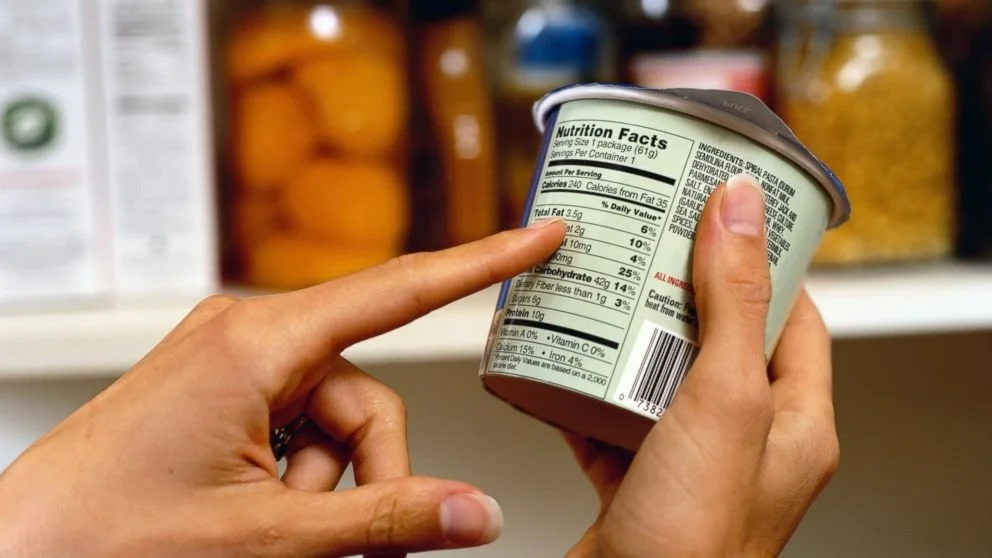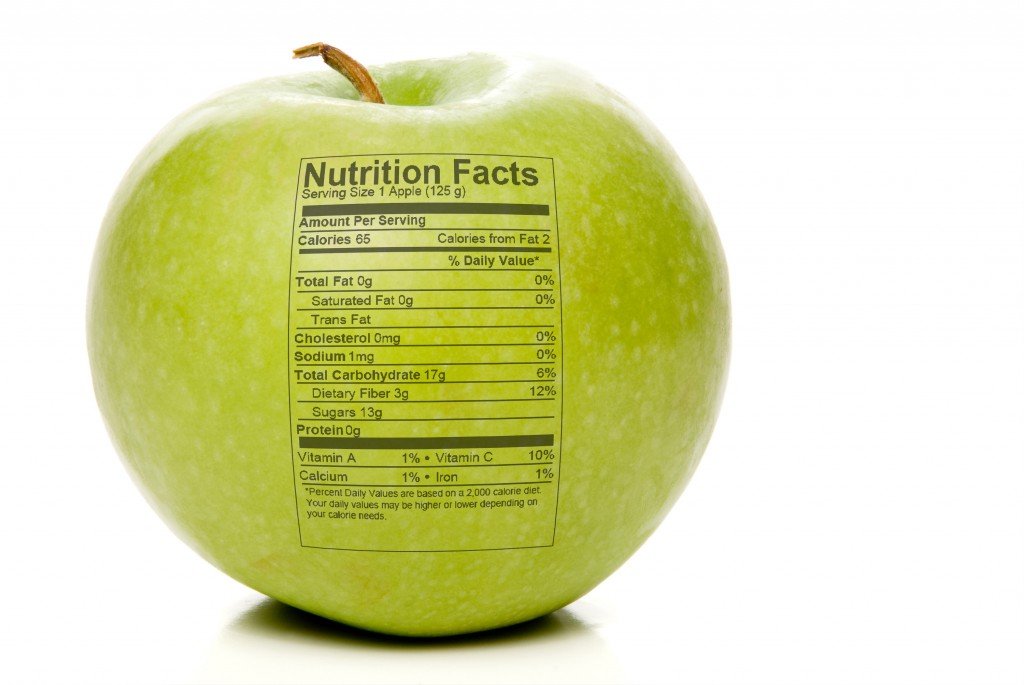How to read food Nutrition labels
By Martin Ebner
Knowing what to eat can be confusing at the best times. Unfortunately for most people, they simply don't have the time or the energy to decipher the more often than not complicated list of ingredients and nutritional content provided on today's food and drink's labels. However, if you're serious about improving not only your diet but your health too, there really is no better way to do so than by paying closer attention to what you put in your mouth, and that all starts with learning how to read and understand Nutrition Facts labels.
Serving size
Start by reading the serving information at the top of the Nutrition Facts label. The label should include the size of a recommended single serving along with the total number of servings per package and/or the nutritional information per 100g. If you’re unsure of what 30g of crisps or 80g of pasta looks like, take a week or so to weigh your portions. I know I know, it’s a tedious task but it’s well worth taking the time now to learn what a recommended portion size looks like. You don’t have to do this forever, just until you have a better idea of how much you should be eating. If you find that you’re eating more than a single serving, multiply the nutritional content according to your portion sizes.
Calories (cal) and Kilojoules (KJ)
Calories and kilojoules are units of energy. In nutrition and everyday life, they refer to energy consumption through eating and drinking, and energy used through physical activity. To keep things simple, focus on Calories not kilojoules!
Some nutrition labels include daily nutritional guidelines at the bottom of the label. Most recommend 2000 calories per day for women and 2500 calories for men. This is a pretty accurate figure to aim for if your goal is to maintain a healthy body weight.
Fat
Fat is broken down into saturated and trans fats (Bad) and unsaturated fats like monounsaturated and polyunsaturated (Good).
If you notice that a product has high levels of saturated and/or trans fats, ditch it. While some recent studies may suggest that saturated fats from coconut oil and butter are not quite as bad as once thought, to avoid any risk, stick to eating healthy unsaturated fats.
Note: Be wary of low-fat products. While they may contain insignificant amounts of fat as their claim would suggest, many are loaded with added sugar - a big no no if your goal is weight loss. If you’re unsure whether or not a low-fat product has added sugar, look at the carbohydrate section under carbohydrates from sugar* or at the ingredients list on the food label.
Sodium (Salt)
Sodium or salt is an essential mineral for the human body and without it, we cannot function. However, there is a very fine line between not getting enough (unlikely) and consuming too much (probably). Consuming too much sodium can increase blood pressure which often leads to heart disease, stroke and kidney failure. Despite what most people believe, some 75% of dietary sodium comes from processed and restaurant foods, not from a salt shaker.
Most major health organisations recommend no more than 2,300 milligrams (mgs) of sodium a day and 460 mgs per serving. If you notice that a food has an abnormally high level of sodium, put it back on the shelve and opt for a low-sodium alternative.
Carbohydrates
The Total carbohydrates is normally highlighted in bold letters. Below that you will find dietary fibre and sugar.
Fibre:
High fibre foods are great for you. Some of the benefits of a high fibre diet include a feeling of satiation, regular bowel movements, healthy colon function and controlled weight. Aim for foods that contain 3g+ of fibre per serving.
Sugar:
Unfortunately, the amount of sugar doesn’t distinguish between naturally occurring sugars (better) like lactose in milk or fructose in fruit and added sugar (always bad) like high-fructose corn syrup or ingredients ending in OSE.
Aim for products that contain little to no added sugar. Again, the best way to determine whether or not a product has added sugar is to either look at the ingredients or at the carbohydrates from sugar* figure.
Note: As we have become more aware of the negative effects of high sugar diets, food and beverage companies have been working hard at coming up with creative ways to disguise added sugar. Believe it or not, there are now 56 different names for sugar! If any of the names below are listed in the ingredients, it's all sugar and should be avoided!
Related article: Sugar – is it bad for you? The unsweetened truth!
Protein
Protein is pretty self-explanatory. Aim to consume sufficient amounts of protein from healthy sources like meat, poultry, fish, soy, legumes, vegetables, whole grains, nuts and seeds.
Related article: 10 Best Plant-Based Protein Sources To Bulk Up and Build Muscle
Vitamins and minerals
Listed at the bottom of the nutrition facts label along with the Daily value (DV). This is the amount of each nutrient that has been considered adequate for most healthy adults. Any food that contains 10%+ of DV is considered to be a good source of a nutrient. Needless to say, the more vitamins and minerals a food has, the better it is!
Ingredients list
By law, food and beverage companies must list their ingredients in order of prominence. This gives you a very good indication of how healthy a food or drink is and can be the key to identifying an unhealthy product. For example, if a package of biscuits lists its first ingredient as sugar, this is the most abundant ingredient in that product.
Note: Keep an eye out for ingredients such as: partially hydrogenated oil, high-fructose corn syrup, msg (monosodium glutamate, sodium caseinate, maltodextrin, autolyzed yeast, hydrolyzed vegetable protein, autolyzed vegetable protein, yeast extract and even citric acid, BHA (butylated hydroxyanisole) and BHT (butylated hydroxytoluene), propyl gallate, sodium nitrate and sodium nitrite, sodium benzoate and benzoic acid, potassium bromate and food colourings (E-numbers). Chances are if it sounds like it would be better placed in a chemical experiment, it probably shouldn't be in your food!
Don’t believe the hype
While legally foods can makes claims like "gluten free", "low-fat" and "low sodium" only when they meet certain criteria, it doesn’t necessarily make them any healthier. Food and beverage companies spend millions on clever marketing, playing into diet trends to make unhealthy products seem more healthy. The best way to determine whether or not a product really is healthy is through its nutrition values, not its claims!
Summary
Learn what a recommended portion size looks like, pay attention to calories not kilojoules, avoid saturated and especially trans fats, reduce your intake of high sodium and high sugar foods and drinks, get your daily dose of vitamins and minerals from healthy sources, pay close attention to the ingredients list - remember ingredients are listed in order or prominence and don't be fooled by clever packaging and food trends.






